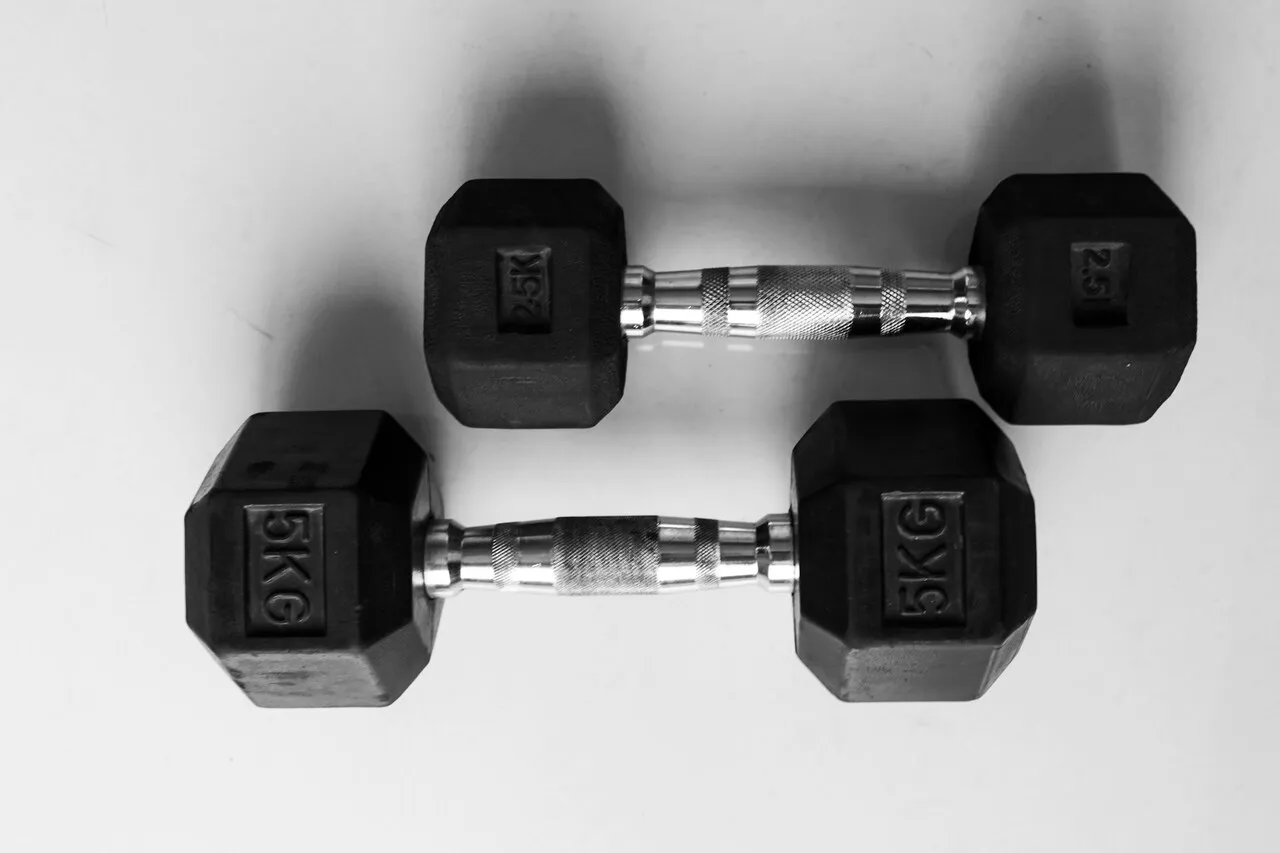 Friday, January 17, 2025
Friday, January 17, 2025Calorie Consumption with 10,000 Steps: Facts and Tips
The idea of walking 10,000 steps every day has gained immense popularity in recent years. It is considered an achievable goal for many individuals to increase their physical activity and sustainably improve their health. But how many calories do you really burn with those 10,000 steps, and what factors influence this energy expenditure? In this blog, we explore these questions in detail and provide you with well-researched answers based on scientific findings.

The Science Behind Calorie Expenditure While Walking
While walking, the body burns energy to engage muscles, support circulation, and maintain body temperature. Calorie expenditure is influenced by several factors:
Body Weight: The heavier a person is, the more energy is required for movement. A person weighing 70 kg burns on average about 0.04 to 0.05 calories per step, while a person weighing 90 kg consumes about 0.05 to 0.06 calories per step.
Walking Speed: Walking at a faster pace increases calorie expenditure, as the body needs to exert more energy to maintain speed. Studies show that a pace of approximately 4 to 5 km/h is ideal for calorie consumption without overstressing the body.
Terrain and Incline: Walking on a flat surface consumes less energy compared to walking uphill or on uneven terrain. An incline of 5% can increase calorie expenditure by up to 50%.
- Individual Fitness: Individuals with better cardiovascular fitness have a more efficient metabolism, requiring fewer calories for the same activity.

Average Calorie Expenditure at 10,000 Steps
The following table provides an overview of estimated calorie expenditure:
| Weight (kg) | Average Calories | Walking Speed (km/h) |
|---|---|---|
| 50 | 300 - 350 | 4 - 5 |
| 70 | 400 - 500 | 4 - 5 |
| 90 | 500 - 600 | 4 - 5 |
It is important to note that 10,000 steps correspond to approximately 7 to 8 kilometers, depending on stride length. Individuals with longer legs and larger stride lengths may cover a slightly longer distance.

Health Benefits of 10,000 Steps a Day
In addition to calorie expenditure, walking offers numerous health benefits:
Improvement of Cardiovascular Health: Regular walking lowers blood pressure and promotes circulation.
Support for Weight Management: Walking helps create a calorie deficit necessary for weight loss.
Strengthening of Musculature: Particularly, the muscles in the legs and core are reinforced.
- Mental Health: Studies show that daily walking reduces stress and enhances mood.

Long-term Effects on Health
A study by Harvard Medical School found that individuals who regularly walk 10,000 steps are at a lower risk of chronic diseases such as diabetes, heart disease, and certain types of cancer. Long-term walking can also increase bone density, which is especially beneficial in older age. Additionally, it improves cognitive function as increased blood flow optimally supplies the brain with oxygen.

How Can You Maximize Your Calorie Burn?
Incorporate Hills and Stairs: These increase the intensity of your walk.
Use Weights: Hand or ankle weights can enhance energy expenditure.
Vary Your Pace: Interval training, where you switch between fast and slow segments, is particularly effective.
Maintain Good Posture: An upright posture improves efficiency and protects against injuries.
Diversify Your Routes: Choose varied paths to increase motivation and effectiveness.
- Combine with Other Activities: Walking can be beautifully complemented with light strength training or stretching throughout the day.

Additional Tips for More Steps in Daily Life
Park Further Away: This automatically increases your step count.
Use Stairs Instead of Elevators: An easy and effective method to integrate more steps.
Plan Walks After Meals: This promotes digestion and increases your daily step count.
- Set Goals: Utilize fitness trackers or apps to monitor your progress and keep you motivated.

Conclusion
10,000 steps a day is an excellent goal to enhance your physical activity and promote your health. The calorie expenditure depends on your weight, speed, and other individual factors. Nevertheless, 10,000 steps are more than just a number—they represent an active lifestyle that positively impacts both body and mind. By applying simple strategies, you can maximize the benefits of this activity while also enjoying more joy in movement. Start today by integrating more activity into your daily life and enjoy the myriad benefits for your health!


